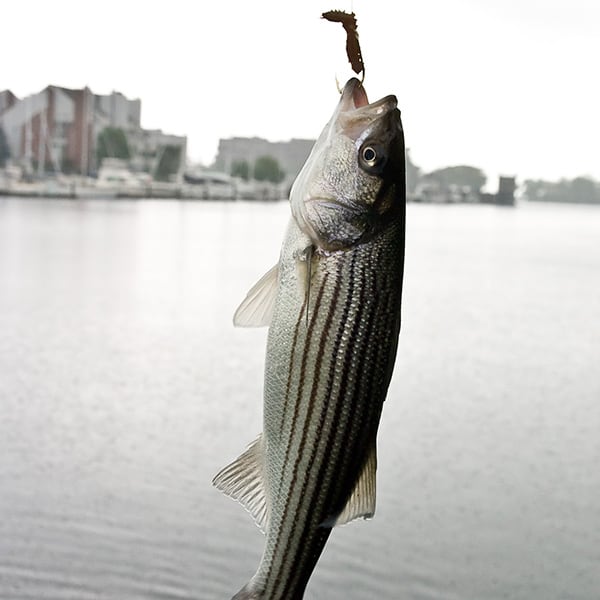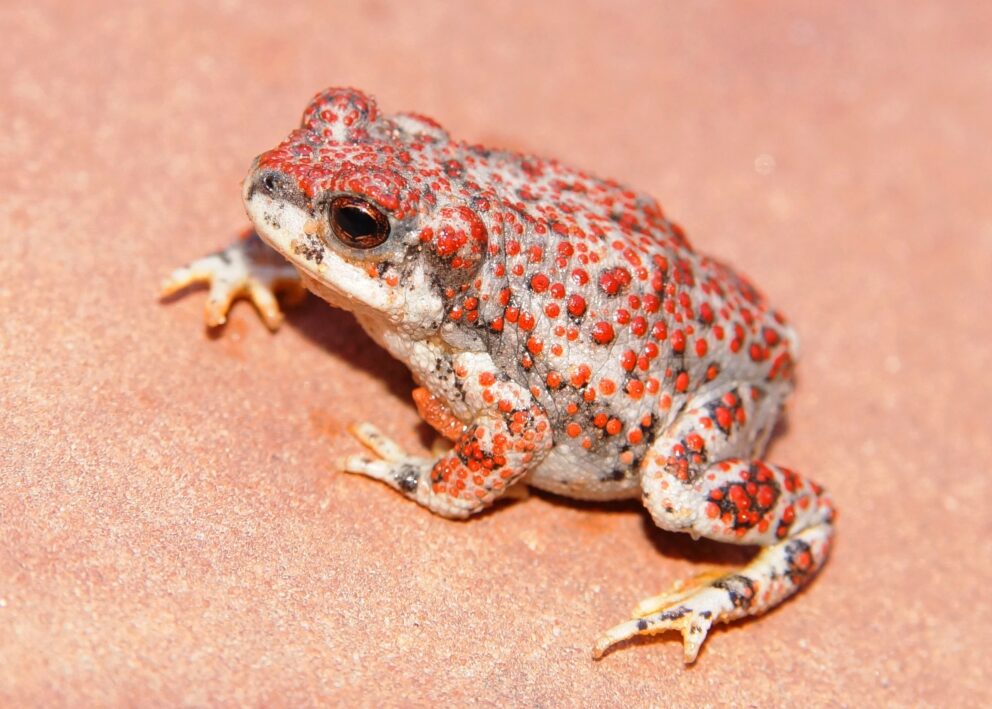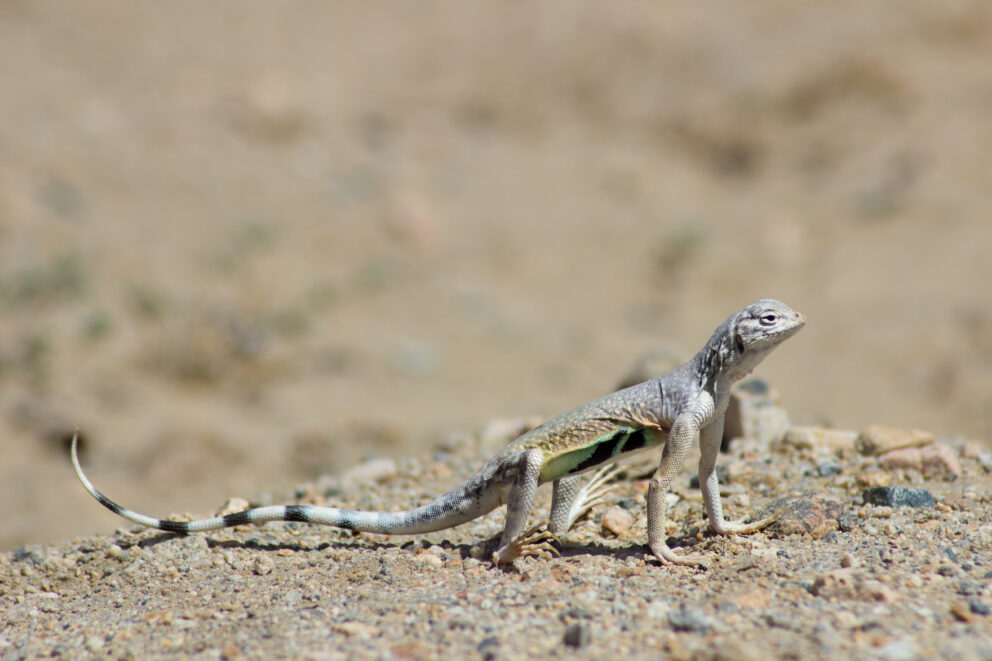- SCIENTIFIC NAME
- Morone saxatilis
- CLASSIFICATION
- Fish
- LIFE SPAN
- 10-12 Years
- SIZE
- 18-49” | 8-63lbs
- STATE CONSERVATION STATUS
-
- Unprotected
- FEDERAL CONSERVATION STATUS
- Least Concern
- GAME STATUS
- Game
- Washoe
- Humboldt
- Pershing
- Churchill
- Mineral
- Lyon
- Douglas
- Carson City
- Storey
- Elko
- Lander
- Eureka
- White Pine
- Esmeralda
- Nye
- Lincoln
- Clark
Habitat & Range
Striped Bass are native to the Atlantic Ocean, especially near the eastern seaboard of North America. They have been successfully introduced into a select number of large freshwater lakes and reservoirs. Striped Bass occur in only a few of the larger lakes in Nevada including Lake Mead and Lake Mohave.
Threats
- Predation from carp eating eggs during spawn
Natural History
Once primarily an ocean fish, the Stripped Bass was discovered to be a viable reservoir fish after upriver spawning migrations landlocked some individual during dam construction. Stripped Bass have now been introduced to many reservoirs across the United States. They have become a popular sport fish as well as a control predator in waters with invasive populations.












